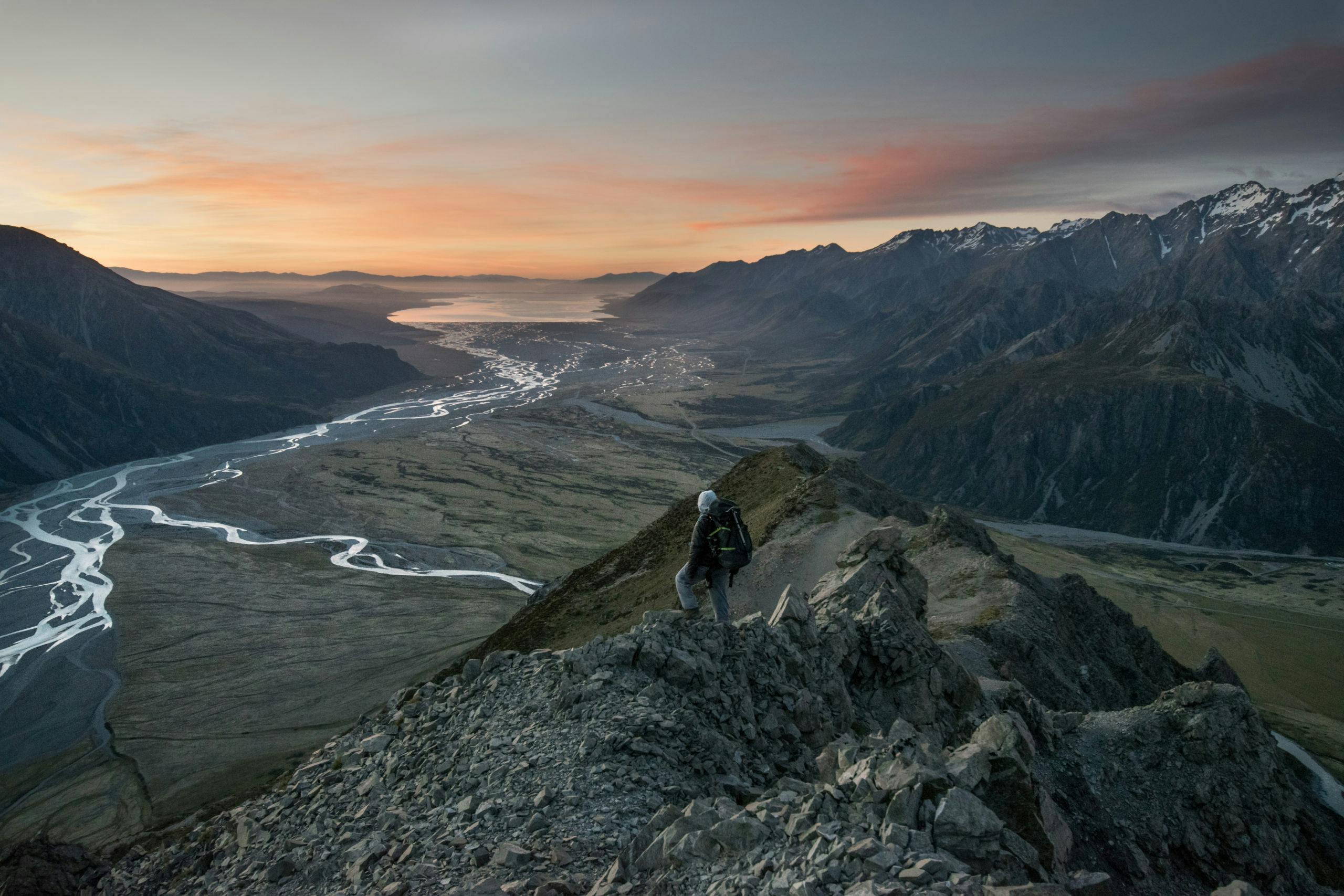Social and psychological factors can influence the decision-making process. Here’s what to watch for.
Even on a short walk social and psychological factors may influence your decisions relating to a change in the weather, terrain or people. These changes may be sudden and the consequences of a poor decision may be serious. Here are some common factors that might influence your decision making.
Get-home-itis: This occurs when approaching the home straight, a hut or even a lunch spot. People focus on the end and stop paying attention to their surroundings. For example, they may walk straight past a fork in the track and take the wrong route. They are more likely to make poor decisions in eagerness, such as to attempt a dangerous river crossing with the hut ‘just over there’.
Dropping your guard: When the key danger period seems to be over, you can easily drop your guard. You may be very careful on a narrow track, but pay less attention on one well-graded, and trip on a small obstruction.
Familiarity: It’s easy to underrate the dangers in familiar situations, when new hazards may be missed. For example, on a track you have walked often you may not notice track damage and walk over unstable ground.
Consistency: This is the tendency to respond the same way to previous actions and decisions. You may do this even if you got away with poor decisions. Or initially, it was a good decision but the situation has changed. You may have crossed a dry slip face before and cross it again without considering the effect of recent rain.
Rarity: This is the tendency to desire a rare or limited resource. For example, ‘this is my only opportunity to take leave from work so I will try and complete the planned trip even though the weather is unsuitable’.
Confirmation bias: Here, we only consider information that fits our pre-existing bias; information that doesn’t fit is ignored. For example, when you reach a high point, various features may confirm you’re halfway because you’re keen to believe that, but, in the process, you ignore features that show you are not half way there.
Risk homeostasis: This is when you take greater risks than normal because you have some safety equipment. For example, taking more risks because you have a PLB.
Poor evaluation: This usually occurs after a trip. If it went well, it’s tempting to believe it was due to what you did. If the trip went badly, it’s tempting to blame someone else, or bad luck. It’s important to consider what you could have done better on each trip, even those that go well.
Accepting authority: You may accept without question the opinion of someone you think is more knowledgeable. You may decide to cross a river because an experienced tramper does. For you, your ability could make this an unsafe decision.
Conformity: Conforming to the demands of your group may occur if you feel you need to do that to be accepted. You may be tired and want to turn back whereas the rest of the group wants to reach the summit, so you carry on to be part of the group.
Social proof: This occurs when you follow the behaviour of people similar to you. For example, friends found a two-hour night walk to a hut to be easy. This may not be as easy for you if you have poor night vision.
– Heather Grady is an instructor with Outdoor Training New Zealand








